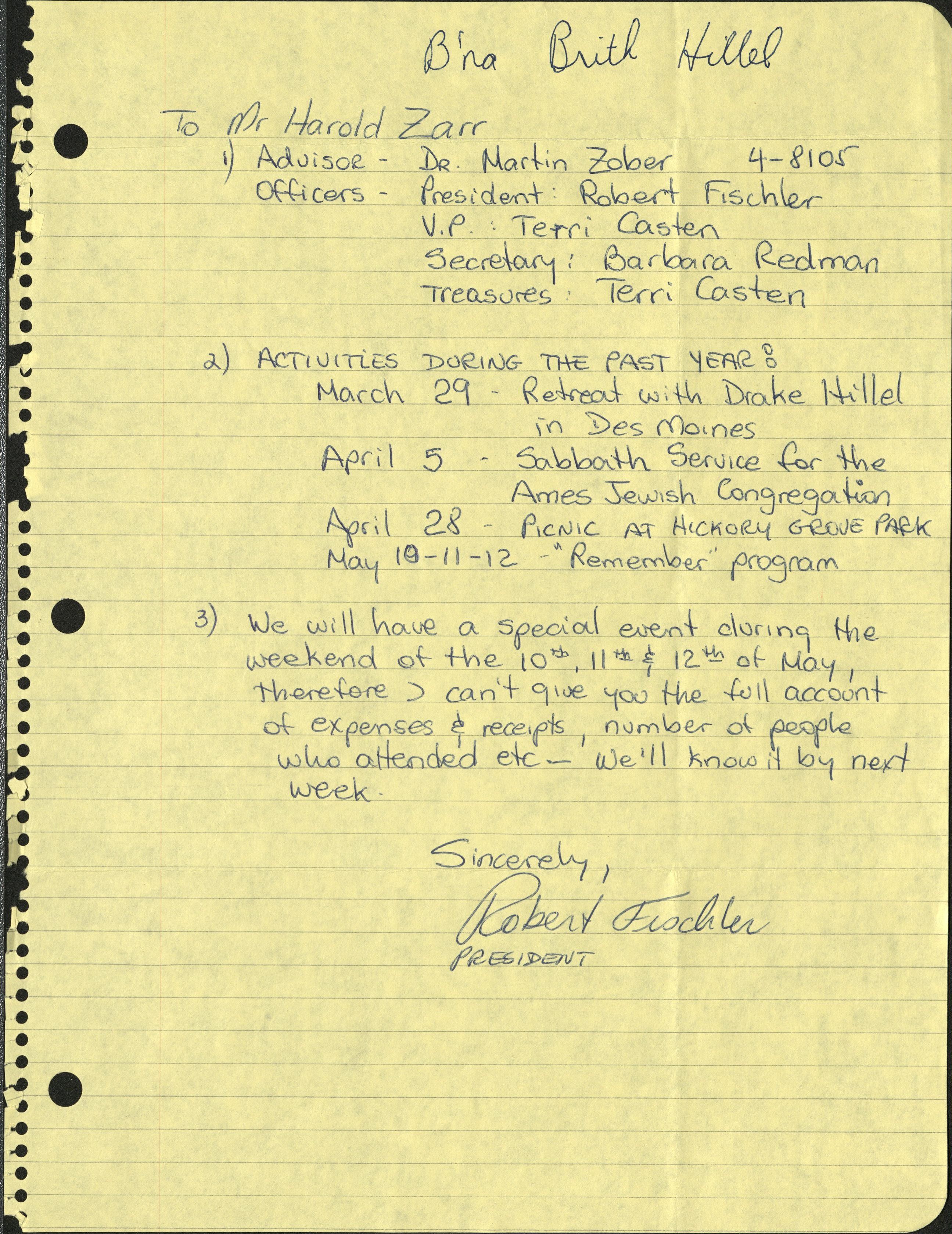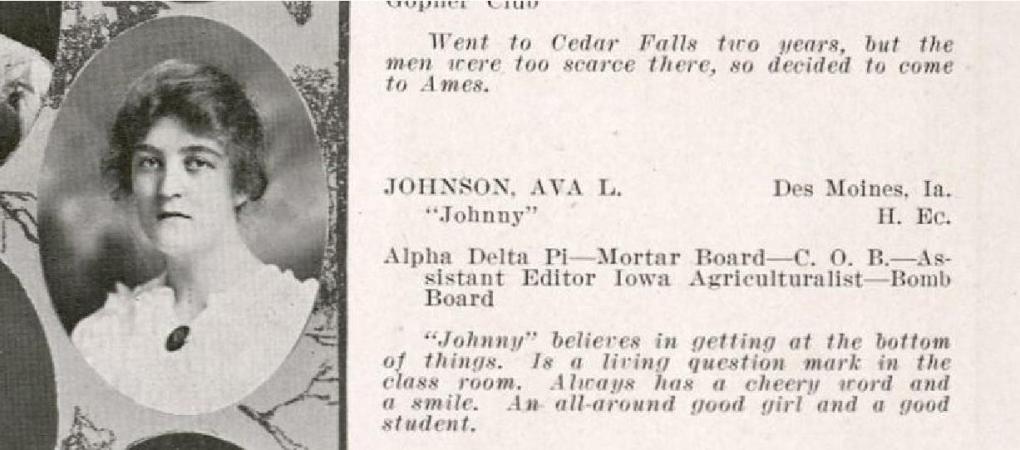“A Home Away From Home: The George A. Jackson Black Cultural Center” exhibition, curated by University Archivist Greg Bailey, opens this week. In 2020, the Black Cultural Center (BCC) celebrated its 50th anniversary. The exhibition starts in the exhibit case on the first floor of Parks Library, near the Main Desk. Then the rest of the exhibition is on the 4th floor, en route to our reading room (403 Parks Library).
Visit this article for more information on this exhibition and the history of the BCC.
There have been other student centers on campus for underrepresented and underserved communities. Some of them are still going strong today, such as the Margaret Sloss Center for Women and Gender Equity and the Center for LGBTQIA+ Student Success, and others were not sustained.
Margaret Sloss Center for Women and Gender Equity
The Margaret Sloss Women’s Center was established in 1981 to provide a centralized home for women’s organizations and to promote and sustain women through advocacy, programs, and information and referral services. The work to create a women’s center at ISU began in 1973.

A Proposal for the Creation of a Women’s Center
If you look closely very lightly underneath the typewritten word “Center” is handwritten note that is faded due to photocopying, “Aug ’73.”
From the Margaret Sloss Women’s Center records, RS 3/6/3, Box 1, Folder 7, Iowa State University Library Special Collections and University Archives.

In January 2019, the Center changed their name to the Margaret Sloss Center for Women and Gender Equity to better represent the work and mission of the center. Visit the website for more information. Margaret Sloss was the first woman to earn a doctorate in Veterinary Medicine at ISU. She was known for both her professional achievements and also her work to include and support other women in her field.
We have very little information currently on the rest of the cultural centers in this post, but we would like to have more. If you have additional materials from your time here at ISU or know more about these organizations, please reach out to us at archives@iastate.edu.
Center for LGBTQIA+ Student Success
In 2018, SCUA was invited to collaborate with the Center and host an event for their Out & About: Community through Adventure program. This program took students to interesting spots on or around campus, with the goal of connecting LGBTQIA+ students to one other and also with different university departments. The Center’s staff did the research for what archival materials we would use for the visit and brought a few items from the Center’s own records.

History of the Center
Left: 1992 ISU Daily article “ISU hires advocate for gays” on Tom Owings, 1st Center coordinator.
From Student Organizations – Political and Social Action Organizations records, Subject Files, RS 22/4/0/1, Box 2, Iowa State University Library Special Collections and University Archives.
Right: “LGBT office open to all students” interview with Brad Freihoefer in Mid-Iowa article, 2008.
From Lesbian, Gay, Bisexual, and Transgender Student Services Records, RS 7/3/10, Box 1, Folder 17, Iowa State University Library Special Collections and University Archives.
Latin American Student Union

This news clipping from the Iowa State Daily May 12, 1976, offers information on the purpose of the LASU and also upcoming events for its first year.
From Student Organizations – Multicultural Organizations records, RS 22/3, Box 2, Folder 14, Iowa State University Library Special Collections and University Archives.
Hispanic American Student Union


Asian American Cultural Center
![Iowa State Asian Cultural Center celebrates its grand opening
by Archana Chandrupatla
Daily Staff Writer
The first Asian Cultural Center at Iowa State opened its doors Monday.
The creation of the center rests on the underlying principle of promoting racial diversity -- not creating racial separatism.
Teresa Thomas, former president of Asian Pacific American Awareness Coalition, said the AACC will be a place where all ethnicities are welcome to be educated, informed and enriched.
Thomas said the process of creating the AACC has been long and hard.
"We had started this process last January, and we had hoped it would be completed by the first-annual Asian heritage week last spring, but it had been postponed by the administration for a while," Rafael Rodriguez, director for Minority Student Affairs, said.
Veng Lee, current president of APACC, said putting the center together has been a lot of hard work.
"It all started one year ago, and the university was a little slow to respond to the idea, so it was put on the back burner for awhile," Lee said. "But now that we have it, we are glad we do, and we expect to use the place to the fullest, because we put [in] a lot of hard work and effort and through a lot to get it."
Bao Thao, advisor for APAAC and Laos Taidam Student Assocation, said Veng and Grif Kolberg, interim president and vice president for APAAC, did a lot to help move the project along.
A ceremony was held with introductions by Mai Ung, center representative for APAAC, and a welcome speech by Rodriguez. Also, a ribbon-cutting ceremony was held to commemorate the opening.
Thao said the turnout for the opening ceremony was "pretty good."
The turnout was at about 50 people," Thao said. "And given the fact that the location is just two dorm rooms put together, that's pretty good.:
The center is actually a joint venture by APAAC, LTSA and the Vietnamese Student Association. However, APAAC was at the foregront of the process of putting it together.
"Our go-between was actually APAAC," Lang Tran, president of VSA, said. "If it hadn't been for APAAC, none of this could have happened."
The presidents of the three organizations are optimistic about the center's future and its ability to serve its purposes.
"It is a place to have common ground with other organizations. It is a great place to get everyone together in a central location," Hoang said.
Tran agreed with Hoang. "It is a great achievement for Asian Americans on campus," Tran said. "I would encourage everyone to attend. It is a place of learning about Asian culture, and we hope students of all races and places will utilize it."
"I feel very optimistic about the center because it provides a central place where Asian Americans can meet, and it provides a resource where anyone can learn about Asian and Asian American culture and history," Thao said. "I want to stress that the university is working hard toward promoting diversity on this campus, and this is a big step toward achieving that."
Not only will students get to look at the displays of Asian art and artifacts, but there are also fun activities planned as well.
"The first activity will be the art of an Asian Culture Film Series. The first movie will be Thursday, Oct. 16. at 7 p.m. in the cultural center," Thao said.
The center is open to all students and is located at 1501 Helser Hall. If students would like to use this facility, they should contact Thao at 294-6338.](https://isuspecialcollections.files.wordpress.com/2021/02/img_2964.jpeg?w=768)
If you are interested in researching more about these, or other organizations on campus, schedule an appointment with us at archives@iastate.edu.































































